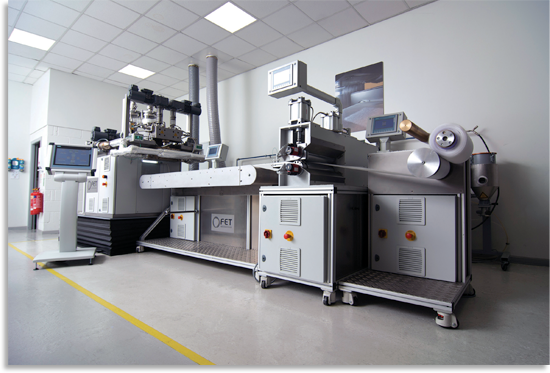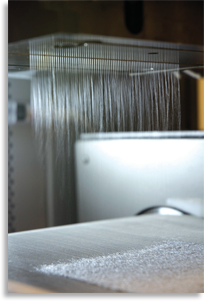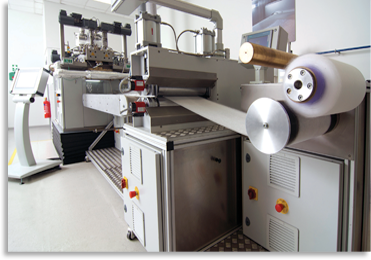Meltblown systems use a one-step process in which high-velocity air blows a molten thermoplastic resin from an extruder die on to a conveyor to form a fine fibrous and self-bonding web. The fibres in the meltblown web are laid together by a combination of entanglement and cohesive sticking. The ability to form a web directly from a molten polymer without controlled stretching gives meltblown technology a distinct cost advantage over other systems.
Key benefits of FET Meltblown systems
As a result of innovative development work by FET, nonwoven structures can now be readily made from “difficult to process” polymers. The new processing technology is a unique adaptation of the meltblowing process and makes possible the conversion of a wide range of polymers into nonwoven webs, using a single processing stage.
For many of our clients, the benefits of single stage manufacturing and the flexibility provided solve many processing problems and give them a substantial competitive edge.


Melt spinning for Nonwoven applications (FET-102) is available as part of the FET-100 Series, which allows for multiple process options


